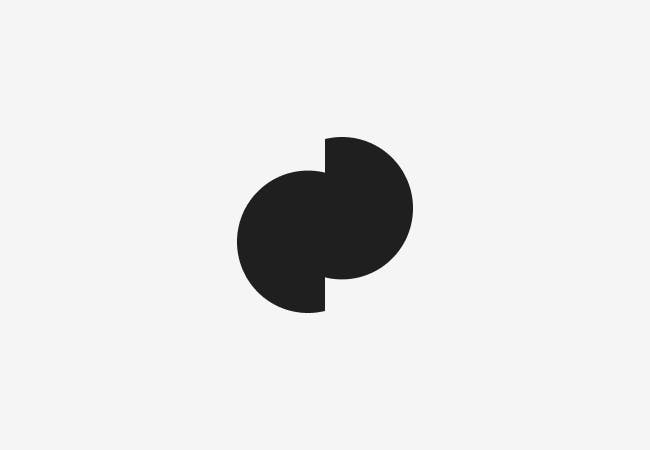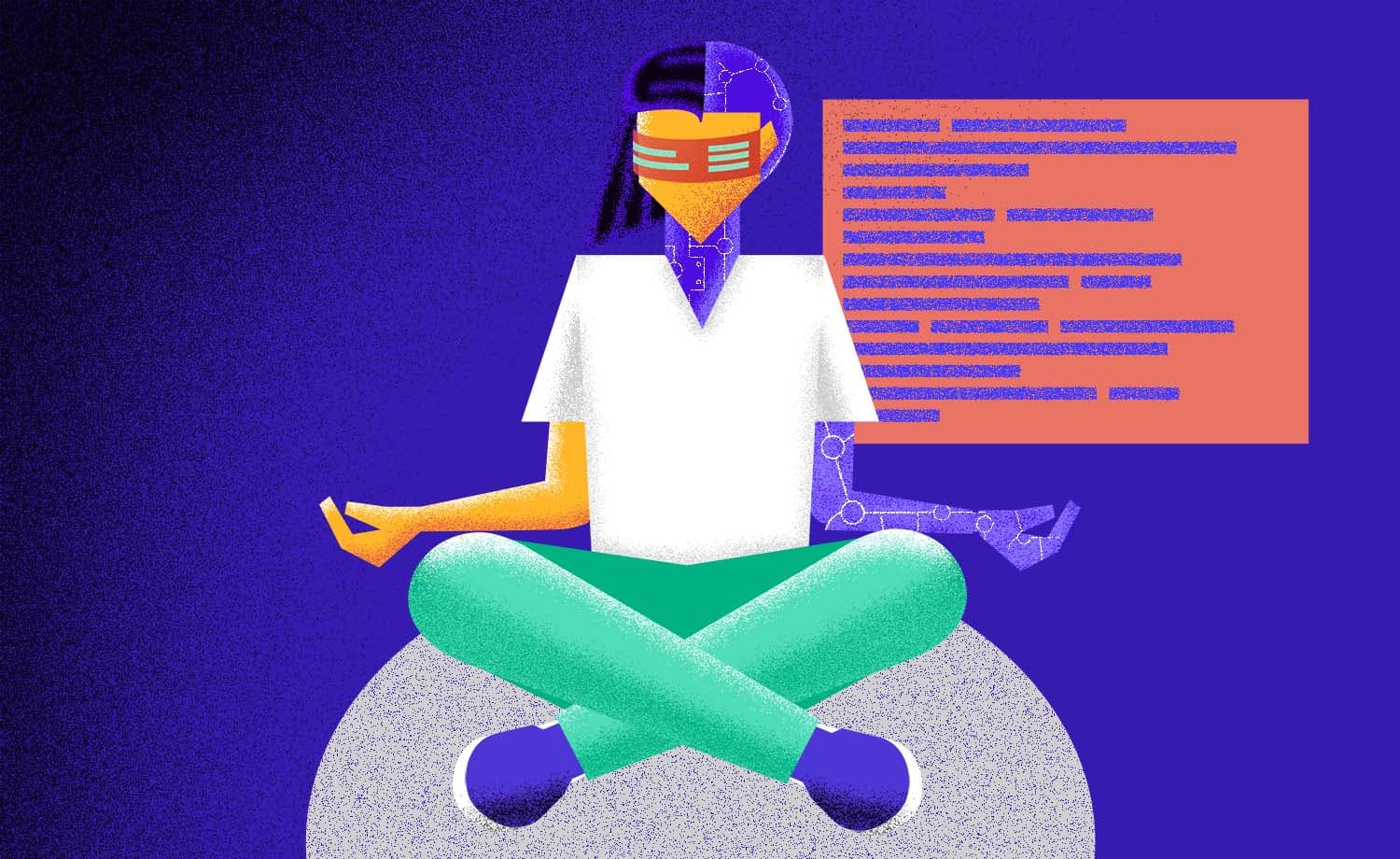All You Need to Know About Dark Patterns 101
Mislav Ž.
2020-03-09
9min
Design
Have you ever seen something strange on a web or a mobile app, but couldn’t put your finger on it? There’s a chance you stumbled upon a Dark pattern.
Have you ever seen something strange on a website or a mobile app, but just couldn’t put your finger on it? Or knew what it was, but didn’t know how to feel about it? Well, in that case, there’s a big fat chance you stumbled upon a Dark pattern. Fear no more for I will guide you through and away from the Dark Side.
What are Dark patterns and how they work?
Short answer, Dark patterns are (usually) subtle tricks and gimmicks that control users’ behavior and interaction. Long answer, it’s an intended piece of user interface that wants to interfere with the way we use certain websites or apps. By careful placement, they control our actions and our behavior to do, perhaps, something we wouldn’t do otherwise. The main problem is, they are almost never made by an accident. You can’t go “Oh, my bad. I must have accidentally placed a small print below the button saying ‘By submitting you agree to our Terms & Conditions which, among others, include selling your soul to the devil.’ instead of placing a checkbox to give users an option to choose and chance to opt-in.”
How are they able to mask those ill-intended things from us? There are several ideas behind how they operate, but the most common ones are:
hiding important information
using various UI elements
ambiguous words and expression
As my buddy Newton once stated:“For every action, there is an equal and opposite reaction.” (NASA, 2015), which means that for every dark pattern out there in the wild, there are “good” and bad things that are bound to happen. Those “good” things may happen in the beginning, but don’t last long. The bad things happen in the long run and when they start happening, it feels like being run over by a bulldozer a few times.
In the short term, Dark patterns are used to raise a certain KPI (Key Performance Indicator) such as a number of subscribers, sold units, views, registered users, etc. In other words:“Pushing the numbers up”. Usually, the long term effects are way more hurtful than short-terms are helping. Long term effects include a loss of customers, flushing your reputation down the toilet and/or even, in some extreme examples, legal problems. Through this post, I will outline a number of Dark patterns and the consequences that followed.
Types of Dark patterns
There are a couple of prime sources for defining and finding examples of Dark patterns. According to the user experience specialist Harry Brignull, there are a dozen of them, but I will go through six of them that, nowadays, have the most impact on users and their experience. Most of the Dark patterns are staying on the legal side of the laws, but you will have a chance to see for yourself a couple of extreme ones that crossed the line. So let’s dig in.
Confirmshaming
Did you ever get that mildly annoying pop-up as soon as you land on a website asking you to subscribe to their newsletter or join in on one of their paid plans while showcasing the gains of it? As the name might suggest, this one is about making users feel bad about not doing a certain action. Basically, it brings up FOMO (Fear of missing out) feeling in us. This type of the Dark pattern is mostly used when trying to get users to subscribe to a newsletter, or offering them some special discount on their next purchase. Here are my top three examples that take the cake:
Even big and renowned brands such as Amazon or Cosmopolitan used such type of a Dark pattern to communicate with their users and try to compel them into opting-in, while at the same time trying to make them feel bad if they don’t do that.
Forced continuity
As the name might suggest, this form of a Dark pattern ensures that, when your free trial with a service comes to an end, your credit card silently starts getting charged without any warning. At the same time, in most of the cases, it is quite hard to cancel a said subscription. Often, this kind of Dark pattern ends up in a “grey” zone. Why? Because they do let you know that after your 60-day-trial period, your credit card will be charged for some X amount. Ok, they got the “notification” part, but the thing is - that’s in 2 months. Unless you’re the type of person to set a reminder about it in 58 or 59 days, most likely you’ll get charged at least once before you figure what’s going on. In recent months, I have stumbled upon a great solution on how to avoid making a Dark pattern out of this situation. For example, Netflix will remind you three days before your trial ends. Similar to Netflix, when you subscribe to Avast Premium Security you get 60 days for free. Since it’s a longer period of time, they remind you seven days before your trial ends (no need for setting up a reminder yourself as mentioned above).
Roach motel
As Brignull stated, the goal of Roach motel Dark pattern is to get you into a certain situation via design, but then make it hard for you to get out (e.g. a subscription or a membership). Often most, it uses an ambiguous, confusing language and trick questions along with a number of checkboxes. To get out of a subscription or close an account, you have to go through a number of hoops. Even then, sometimes you’ll even have to talk to someone and go through them saying why you should stay. Is it safe to say a lot you folks have an Amazon account? How many of you tried to delete it? Did you make it to the end? Check out this video (1m 24s) to see how to (try) to delete your Amazon account. I am of the firm belief that this is one of the best examples of the Roach motel Dark pattern.
Friend spam
From this point on, we will be swimming in the illegal Dark patterns waters. This Dark pattern focuses on asking for your email and/or various social media permissions - under the disguise that it will be easier to connect with your friends. In the end, it uses all the contacts you allowed them to access and then spams them with various messages impersonating you. Back in 2013, there was a scandal surrounding LinkedIn and their way of handling the data you provided them. During the signup process, they would encourage you to allow them access to your email account because they claimed it will provide “your career a strong network”. What they didn’t tell you is that they would send out emails claiming it was written and sent by you, rather than by LinkedIn itself. I would highly recommend watching the brief video below (0:39 s) since everything about it was nicely put in an interesting narrative
Due to their Dark pattern usage, in 2015, LinkedIn paid a “hefty” price for their conduct of business in the Perkins v. LinkedIn class action lawsuit. In my humble opinion, a sum of $13 million (around $10 per member of LinkedIn's 'add connection'program between September 2011 and October 2014) is not a big hit for them, but their reputation suffered for a bit for sure.
Sneak into the basket
Imagine going to a store to buy some milk and a store employee puts a bottle of yogurt into your cart without your knowledge which you won’t notice until the very end (i.e. checkout) AND sometimes - perhaps - not even then. From this point on, we can tell apart two different kinds of people:(1) those who didn’t even notice they brought back a bottle of yogurt from the store which, in the first place, they didn’t need or want; and (2) those who did notice it while unpacking groceries at home, but came to conclusion it is not worth their time to go back to the store, request to speak to someone and then demand a refund. I guess you can see where this is going… The same analogy works in eCommerce. You decide to buy a new phone and they sneak into the cart protective case for it. Sometimes you’ll notice it, sometimes you won’t. It all depends on the way they display information and how careful you are during the last steps of the checkout phase. Since 2014, such practice has been illegal in the EU and UK since 2014 thanks to the Consumer Rights Directive.
Misdirection
Websites and apps that use misdirection purposefully focus your attention on one thing in order to distract your attention from another thing. Most of the Dark patterns have a foundation in this particular pattern one way or another. For this pattern, I was able to find the most precious example which is neck-deep in the illegal sphere of Dark patterns. Imagine finding almost a 5-star app on the App Store that tracks your calorie intake and whatnot. You decide to go for it and download it. This is the screen that welcomes you:
You don’t think much of it since you’re perhaps used to utilizing your finger to unlock your phone and do various tasks on your phone, plus it’s an action that doesn’t last long.
You place your finger and waiting begins. You can see a timer counting down 10 seconds and while you’re at it, this screen pops out:
In other words, you’ve been bamboozled. Since your finger was already on the scanner, this will automatically go through and finish the purchase. This example right here is the perfect way to showcase fraud in the digital world. More precisely, it is a theft by deception. If you’re interested in reading more on this story, follow the link.
How to prevent Dark patterns?
The best way to prevent Dark patterns is addressing them structurally and early in the design process. Furthermore, teach other designers, stakeholders, and everyone else included in the project about them. Explain their effects, how they work and show examples. Also, it is not a bad idea to take a closer look at 10 Usability Heuristics for User Interface Design which a number of designers consider to be our “10 commandments”.
Final words
If you’re not sure if whether you’re designing is a dark pattern, ask yourself one question:“Am I treating users as ends or as means?”. In other words, is your goal to satisfy users’ needs, or is your goal to profit of them without any care for them. As a user, the best defence against the forces of Dark patterns is to be aware of them. Most of the time you won’t be able to do much, but at least you’ll recognize them and take extra precaution around them.
A dose of (Design) Dopamine
Updates and resources
In-depth guides
Quality content for free






















